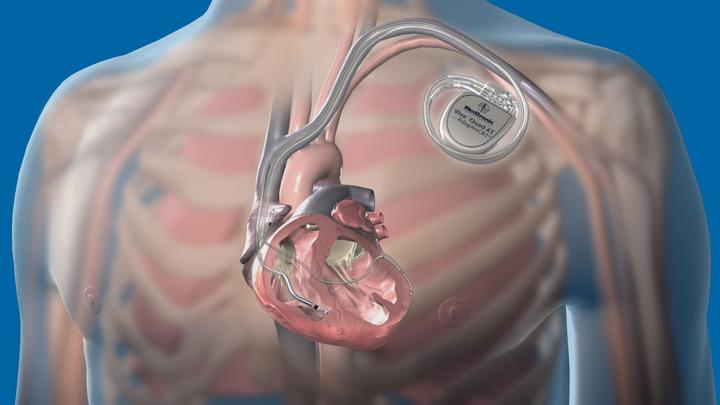
Abstract
Medical devices like the Implantable Cardioverter Defibrillator (ICD) are life-critical systems. Malfunctions of the device can cause serious injury or death of the patient. In addition to rigorous testing and verification during the development process, new medical devices often go through clinical trials to evaluate their safety and performance on sample populations. Clinical trials are costly and prone to failure if not planned and executed properly. Evaluating devices on computer models of the relevant physiological systems can provide helpful insights into the safety and efficacy of the device, thus helping to plan and execute a clinical trial. In this paper, we demonstrate how to develop high-level physiological models of cardiac electrophysiology and how to apply them to the Rhythm ID Head to Head Trial (RIGHT), a 5-year long clinical trial for comparing two ICDs. We refer to this as a Computer-Aided Clinical Trial (CACT). We explored two modeling options, a white-box model capturing the mechanisms of the physiological behaviors, and a blackbox model which uses machine learning methods to synthesize physiological input signals. Both models were able to generate physiological inputs to the ICDs and we discuss the challenges and appropriateness of the two modeling options.